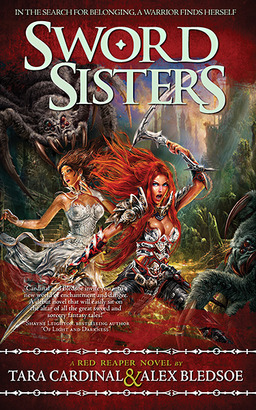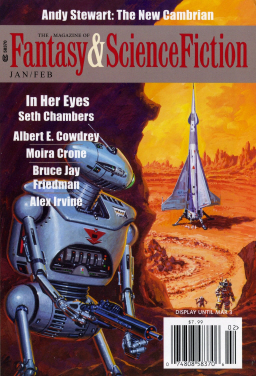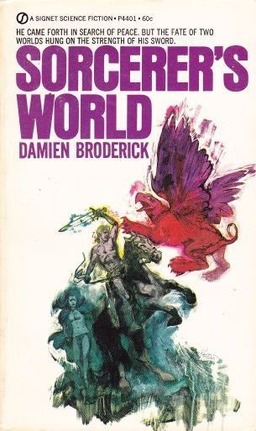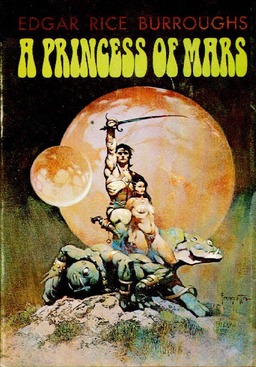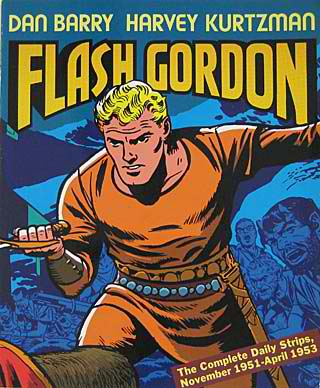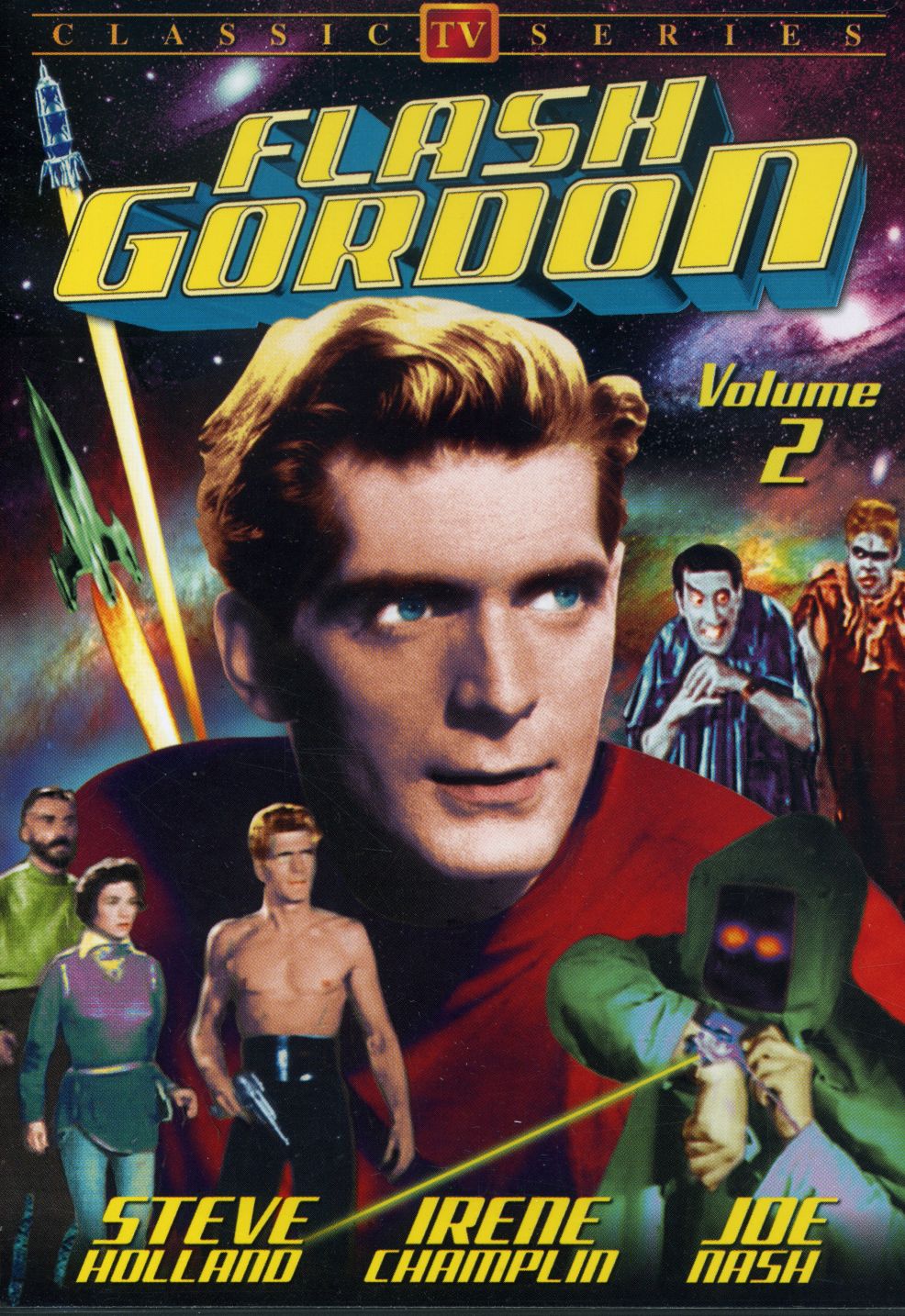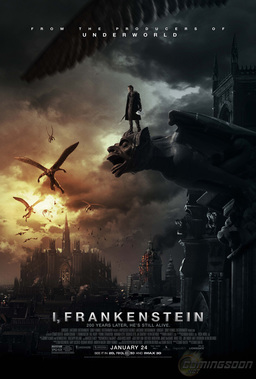Mark of the Cloven, Part 1: Cripples’ Deluge
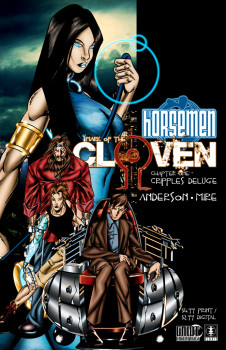 Mark of the Cloven is a nine-part illustrated novel set in the narrative world of Jiba Molei Anderson’s Horsemen series. The premise is that the ancient gods of Africa have set out to make their presence known in the world again. To this end, they have taken a sort of benign possession of seven human beings, not so much controlling their actions as giving them access to their forms and abilities. Basically, seven mortals are granted the powers of gods and use these powers to become superheroes. Of course, the existence of superheroes all but demands the equal presence of supervillains; chief among these villains are the Deitis and their superhuman children. At the start of this story, the seven god-blessed mortals are already well-known in this world; their influence has affected drastic social changes, resulting in Africa ascending to the dominant world superpower, as the United States falls into a new Depression.
Mark of the Cloven is a nine-part illustrated novel set in the narrative world of Jiba Molei Anderson’s Horsemen series. The premise is that the ancient gods of Africa have set out to make their presence known in the world again. To this end, they have taken a sort of benign possession of seven human beings, not so much controlling their actions as giving them access to their forms and abilities. Basically, seven mortals are granted the powers of gods and use these powers to become superheroes. Of course, the existence of superheroes all but demands the equal presence of supervillains; chief among these villains are the Deitis and their superhuman children. At the start of this story, the seven god-blessed mortals are already well-known in this world; their influence has affected drastic social changes, resulting in Africa ascending to the dominant world superpower, as the United States falls into a new Depression.
Part one of this story opens with Djenaba, a doctor struggling to keep people alive in the remnants of Detroit, being asked by one of the god-mortals to help a boatload of refugees escape to Canada (in this world, America’s border patrols are focused on keeping people in, not out). In her aspect as water goddess Yemaya, Djenaba is guiding the rusted-out boat to the Canadian shore when she is attacked by three offspring of the Deitis, code-named Strain, Clarion, and Crate. All three of them are handicapped in some way, but Djenaba/Yemaya doesn’t underestimate them for long, because each has found a way to counter his or her handicap, turning weakness into strength. What follows is a series of fight scenes where our heroine struggles not only to stay alive, but also to protect the refugees (and even her three attackers).
The superhero comics came to prominence in the late 1930s, during the Great Depression. By setting the series in a new Depression, Jiba Anderson and Jude Mire evoke the very core of the superhero myth: the dream of having the power to make the world a better place. As a doctor, Djenaba is already in a position to improve the lives of others. We see just enough of her efforts at the story’s beginning to know that it is, essentially, a losing battle. As the quasi-goddess Yemaya, she has more power, but also attracts new problems in the form of supervillains. It goes back to the narrative device that keeps most superhero comics spinning their creative wheels indefinitely: all that great power only brings great obstacles that force the hero to exert more effort simply to maintain the status quo.
